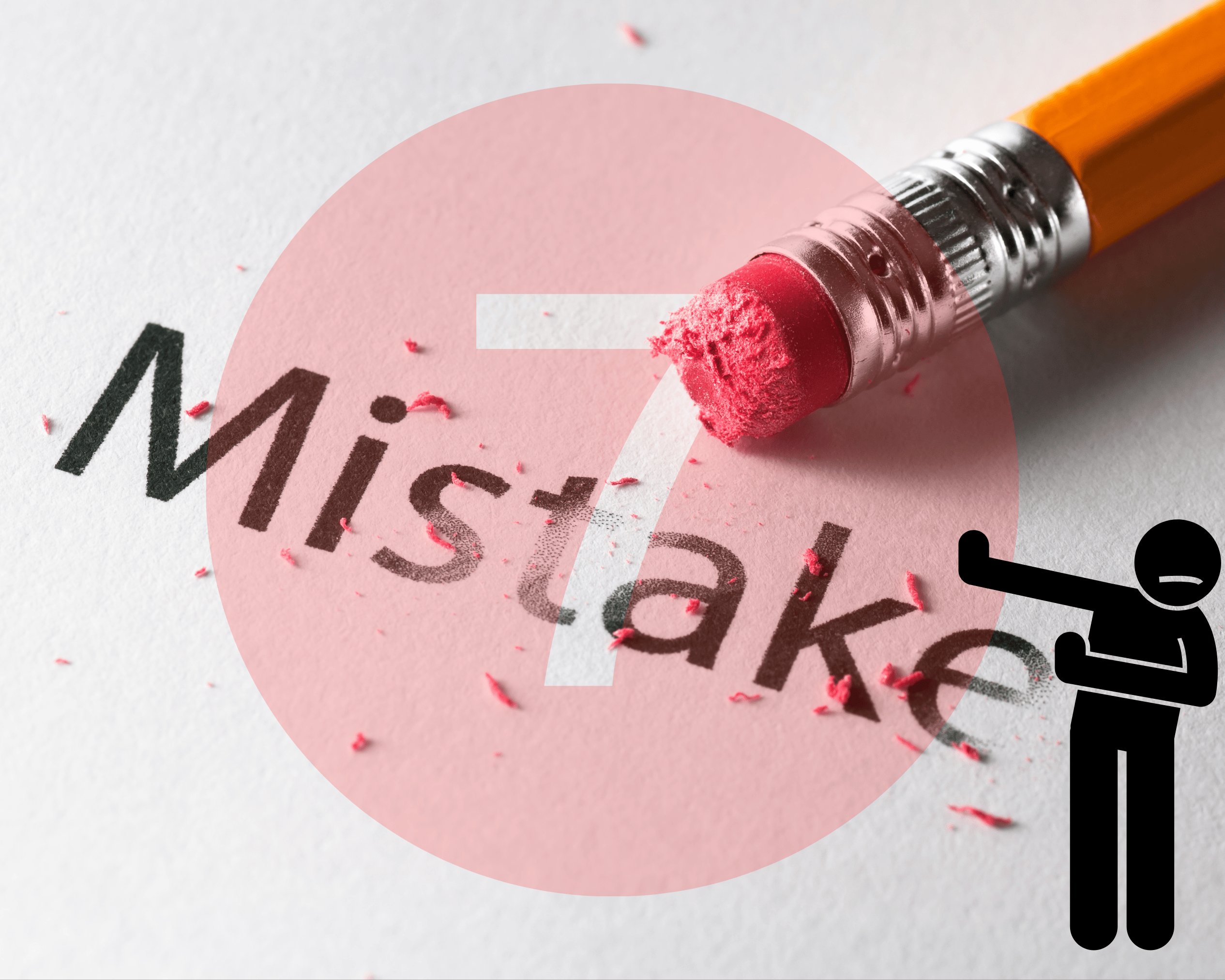When buying a business, you need the right documents to ensure a smooth and legally secure transaction. Here's a quick overview of the 8 essential documents every business purchase agreement should include:
- Main Purchase Agreement: Outlines the deal's terms, from assets to payment and closing conditions.
- Business Financial Records: Includes balance sheets, income statements, and cash flow data to verify the company's financial health.
- Due Diligence List: A checklist covering legal, financial, operational, and market aspects of the business.
- Written Guarantees: Legally binding promises from the seller to ensure accuracy in claims about the business.
- Competition Restrictions: Non-compete clauses to prevent the seller from starting or joining a competing business.
- Legal Protection Terms: Defines indemnification, warranties, and dispute resolution processes.
- Sale Completion Papers: Finalizes the transfer with documents like the bill of sale and payment evidence.
- Information Schedules: Detailed records of assets, contracts, employees, and intellectual property being transferred.
These documents provide legal protection, verify business value, and ensure a seamless transition. Proper preparation and expert legal advice are critical to avoid costly mistakes. Let’s dive into the details of each document.
Essential Documents Beyond the Purchase Agreement for Acquisitions
1. Main Purchase Agreement
A solid legal framework is essential for avoiding disputes and ensuring a smooth business transfer. The Main Purchase Agreement acts as the foundation of any business acquisition, detailing the key terms and conditions of the deal.
Here’s a breakdown of its main components:
| Component | Purpose | Key Considerations |
|---|---|---|
| Asset Description | Lists what’s included in the sale | Inventory, equipment, intellectual property, contracts |
| Financial Terms | Explains the payment structure | Purchase price, payment schedule, earnouts |
| Closing Conditions | Lists prerequisites for closing | Regulatory approvals, due diligence completion |
| Transfer Process | Covers ownership transition | Employee retention, customer accounts, training |
The agreement should also include critical clauses to protect both parties:
- Representations and Warranties: Statements about the business’s current condition
- Indemnification Provisions: Safeguards against future claims or liabilities
- Dispute Resolution: Procedures to handle disagreements
- Governing Law: Specifies the legal jurisdiction
Digital tools can simplify the process by streamlining documentation and enabling secure digital signatures.
Watch Out for These Common Mistakes:
- Leaving asset descriptions incomplete
- Using unclear payment terms
- Forgetting signature requirements
- Ignoring local regulations
- Skipping detailed transition procedures
While templates may be available, every business purchase is different. For example, Stock Purchase Agreements transfer full ownership, while Asset Purchase Agreements let buyers pick specific assets. Always consult a legal expert to ensure the agreement fits your specific transaction.
This agreement lays the groundwork for a smooth and secure business acquisition.
2. Business Financial Records
Once you've set up a legal framework, the next step is to dive into the company's financial records. These documents are crucial for assessing the business's value and overall financial health, helping you make informed decisions about the acquisition.
Key financial statements to analyze include:
- Balance Sheet: Gives a snapshot of assets, liabilities, and equity.
- Income Statement: Breaks down revenue, expenses, and net income.
- Cash Flow Statement: Tracks cash movement from operating, investing, and financing activities.
When reviewing these records, focus on important metrics such as:
- Revenue Trends: Look for growth patterns or any notable fluctuations.
- Profit Margins: Compare these to industry averages to gauge efficiency.
- Debt-to-Equity Ratio: Understand the company’s financial leverage.
- Working Capital: Check the funds available for daily operations.
- Operating Cash Flow: Ensure there's enough cash to cover day-to-day activities.
Audited financial statements are especially helpful as they provide verified and unbiased data.
Steps for Verifying Financial Records
1. Independent Verification
Cross-check financial statements with bank statements and tax returns to confirm accuracy.
2. Industry Benchmarking
Compare the company’s performance metrics to others in the same industry to spot strengths or weaknesses.
Ensure the financial records align with Generally Accepted Accounting Principles (GAAP). If there are any deviations, document them thoroughly.
Finally, create a due diligence checklist. This should include reviewing monthly financial statements, 3-5 years of tax returns, and reconciled bank statements to leave no stone unturned.
3. Due Diligence List
After reviewing financial records, create a due diligence list to guide your evaluation of the target business.
Key Areas for Due Diligence
Organize the process into categories to cover all critical aspects:
| Category | Key Elements to Review |
|---|---|
| Legal & Regulatory | Licenses, permits, compliance records, pending litigation |
| Financial | Tax returns, accounts receivable/payable, debt obligations |
| Operational | Supply chain contracts, equipment leases, inventory management |
| Commercial | Customer agreements, vendor contracts, market position |
| IT & Digital | Software licenses, cybersecurity measures, data protection |
| Real Estate | Property titles, lease agreements, facility conditions |
These categories help ensure you address all operational, technological, and market considerations.
Areas to Examine Closely
Operational Review
- Check standard operating procedures.
- Review employee contracts and benefits.
- Look into quality control practices.
- Assess supplier relationships.
Technology Assessment
- Confirm software licensing compliance.
- Review data security protocols.
- Evaluate IT system integration potential.
- Verify ownership of digital assets.
Market Analysis
- Study the competitive landscape.
- Assess customer concentration risks.
- Review marketing strategies.
- Evaluate brand reputation and value.
Required Documentation
Organize documents into these categories for clarity:
1. Corporate Records
Gather and examine formation documents, shareholder agreements, and board meeting minutes. These provide the legal framework of the business.
2. Contracts
Collect all major contracts, including those with:
- Key customers
- Primary suppliers
- Service providers
- Equipment lessors
3. Employee Agreements
Compile employment records such as:
- Executive contracts
- Non-compete agreements
- Benefit plans
- Commission structures
Use NDAs to protect sensitive information before sharing documents.
Managing the Timeline
Set clear deadlines for each phase of due diligence to avoid delays and maintain accountability.
4. Written Guarantees
Written guarantees are a key part of protecting your investment during an acquisition. These agreements ensure the seller is legally bound to their claims about the business, providing an extra layer of security for the buyer.
What Are Written Guarantees?
They are legally binding promises that confirm the accuracy of the seller's statements about the business. These guarantees hold the seller accountable for any false claims or hidden problems, giving buyers peace of mind.
Key Areas Covered
Written guarantees usually focus on these three main aspects:
| Area | What It Covers | Examples |
|---|---|---|
| Financial Accuracy | Ensures financial records are correct | Balance sheets, profit/loss statements, hidden debts |
| Legal Status | Confirms the business's legal standing | Ownership rights, lawsuits, regulatory compliance |
| Operational Integrity | Verifies smooth business operations | Customer contracts, supplier agreements, employee issues |
Common Types of Guarantees
- Asset Ownership Warranties: Confirm that the seller has clear ownership of all business assets.
- Financial Representations: Assure the accuracy of financial records and full disclosure of liabilities.
- Compliance Warranties: Verify the business follows all relevant laws and regulations.
How Buyers Are Protected
To safeguard your interests, include provisions like:
- Survival Periods: Define how long guarantees remain valid.
- Indemnification Rights: Allow buyers to seek compensation if guarantees are breached.
- Materiality Thresholds: Set minimum levels for claims to be actionable.
Steps to Verify Guarantees
Make sure the guarantees hold up by following these steps:
- Legal Review: Have your lawyer go through the language of the guarantees carefully.
- Request Documentation: Ask for evidence to support each guarantee.
- Independent Verification: Cross-check the guarantees with findings from your due diligence process.
These steps ensure the seller's promises are solid and protect you from unexpected surprises.
sbb-itb-a3ef7c1
5. Competition Restrictions
Competition restrictions are vital in a purchase agreement, ensuring the seller's post-sale actions don't harm the value of the acquired business. Non-compete clauses, for example, prevent the seller from engaging in activities that could directly compete with or undermine your business.
Key Components
A strong competition restriction clause typically addresses these elements:
| Component | Description | Typical Parameters |
|---|---|---|
| Time Duration | How long the restriction remains in effect | 1–5 years after the sale |
| Geographic Scope | The area where the restriction applies | City, state, or specific radius |
| Restricted Activities | Actions the seller is prohibited from undertaking | Competing directly, soliciting customers |
Enforceability Requirements
For a competition restriction to hold up legally, it must meet these criteria:
- Be reasonable in scope - broad enough to protect your business but not excessive.
- Use clear and specific terms to define prohibited actions and geographic boundaries.
Industry-Specific Considerations
Tailoring the agreement to your industry is key. For example, in the tech world, clauses might need to address software development or data security to reflect the unique risks in that field.
Protection Mechanisms
Boost the effectiveness of competition restrictions by including:
- Non-solicitation clauses: Prevent the seller from poaching your customers or employees.
- Confidentiality agreements: Safeguard sensitive business information and trade secrets.
These additional layers of protection help maintain the business's stability post-sale.
Legal Compliance
Work with legal experts to ensure the restrictions align with local laws. Focus on:
- Adhering to state-specific regulations.
- Setting reasonable geographic boundaries.
- Clearly defining prohibited activities.
- Establishing a time frame that's appropriate for your industry.
Striking the right balance is crucial - your restrictions should protect your interests without being unnecessarily limiting.
6. Legal Protection Terms
Legal protection terms outline how claims, damages, and disputes will be handled, offering a clear framework to manage risks and resolve conflicts. These terms work alongside the guarantees provided earlier, ensuring both buyers and sellers are protected.
Key Elements
A solid legal protection section usually includes the following components:
| Component | Purpose | Key Details |
|---|---|---|
| Indemnification | Shields against financial losses | Covers breach compensation, third-party claims, and tax liabilities |
| Warranties | Verifies the business's condition | Ensures financial accuracy, legal compliance, and proper asset ownership |
| Dispute Resolution | Guides conflict management | Outlines arbitration, mediation, venue choice, and cost-sharing |
Writing Strong Indemnification Clauses
Indemnification provisions are crucial for managing risk. To make them effective, ensure they address:
- Scope: Clearly define the types of losses and damages covered.
- Timeframes: Set specific periods during which claims can be made.
- Financial Limits: Establish maximum liability amounts for different breaches.
Warranty Clauses
Warranty clauses back up a seller's claims about the business. Focus on:
- Meeting regulatory standards
- Confirming ownership of intellectual property
- Disclosing any ongoing legal issues
Dispute Resolution Guidelines
A clear dispute resolution process can prevent lengthy legal battles. Include:
- Steps for initial negotiations
- Mediation requirements with timelines
- Rules for arbitration and venue selection
- Cost-sharing arrangements between parties
Defining Risk Allocation
The agreement should also clarify how risks and liabilities are divided between buyer and seller. This ensures both sides understand their responsibilities and potential exposure.
7. Sale Completion Papers
Sale completion papers are the final step in transferring a business. These documents outline and confirm all the agreed-upon terms, ensuring the transaction is legally binding and complete.
Key Documents for the Transfer
These papers build on earlier agreements to officially finalize the deal.
| Document Type | Purpose | Key Details |
|---|---|---|
| Bill of Sale | Transfers ownership of physical assets | Includes asset lists, condition details, and signatures |
| Deeds | Transfers real estate ownership | Requires property details, legal compliance, and notarization |
| Payment Evidence | Confirms financial transactions | Includes wire transfer receipts, escrow releases, and payment schedules |
| Asset Transfer Forms | Documents changes in asset ownership | Covers registration updates, title transfers, and licensing adjustments |
Final Checks
Make sure all documents are notarized, meet legal requirements, and are properly filed to avoid any issues after the transaction.
8. Information Schedules
Information schedules serve as a detailed record of all transfer elements involved in an acquisition. This final step in documentation complements earlier legal and financial reviews by outlining every detail of the transfer process.
Much like other critical documents in a business purchase, these schedules provide a clear foundation for the transaction by listing all transfer specifics.
Key Components
| Schedule Type | Required Details | Purpose |
|---|---|---|
| Asset Registry | Physical assets, equipment, inventory | Tracks tangible property transfer |
| Contract List | Vendor agreements, leases, licenses | Highlights ongoing commitments |
| Employee Records | Positions, compensation, benefits | Maps out workforce structure |
| Intellectual Property | Patents, trademarks, copyrights | Lists intangible assets |
| Customer Data | Accounts, contracts, payment terms | Ensures operational continuity |
Tips for Proper Documentation
When listing assets, contracts, or obligations, include:
- Current market or book value
- Maintenance and service records
- Expiration dates for contracts
- Any restrictions on transfer
- Outstanding obligations or liabilities
Legal Importance
Information schedules are legally binding and form a critical part of the purchase agreement. Their accuracy is crucial to the success of the transaction and helps avoid potential disputes. For example, missing details about equipment warranties or maintenance agreements could lead to costly issues after the sale.
Given their legal importance, double-checking the accuracy of these schedules is non-negotiable.
Steps for Verification
Before the deal is finalized:
- Cross-check listed items with physical inventory.
- Update outdated or incomplete details.
- Confirm information with department leaders.
- Review everything with legal counsel.
- Document discrepancies and address them promptly.
Managing Risks
Consistency is key. Regularly update and review documentation during due diligence to ensure a smooth closing process and minimize potential risks.
Conclusion
The documents outlined above work together to safeguard every part of your acquisition. From purchase agreements to information schedules, each plays a role in protecting specific aspects of the transaction, creating a well-organized structure.
Key documentation serves three main purposes:
- Defines clear terms and responsibilities
- Confirms business value and performance
- Offers legal protection for all parties
The primary purchase agreement, backed by financial records and due diligence, ensures transparency and reduces risks. Guarantees and competition restrictions help preserve business value during the transition, while legal protection clauses make dispute resolution smoother.
Sale completion documents and information schedules tie everything together by capturing all transfer details. This structured approach simplifies complex transactions, making them more secure and easier to manage.
Thorough preparation, clear communication, and expert legal advice are critical at every stage. When done right, these documents give both parties the confidence to move forward, enabling smooth business transitions with reduced risk.
FAQs
What documents are needed for an acquisition?
When acquiring a business, you'll need several key documents to ensure the transaction is legally sound:
- Main Purchase Agreement: This outlines the primary terms and conditions of the sale, acting as the backbone of the deal.
- Financial Records: Includes income statements, balance sheets, and cash flow statements to give a clear picture of the company's financial health.
- Due Diligence Checklist: A detailed list to evaluate all aspects of the business before finalizing the purchase.
- Written Guarantees: These ensure that the seller's claims about the business are accurate and legally enforceable.
- Non-Compete Clauses: These restrictions prevent the seller from starting or joining a competing business, safeguarding your investment.
- Legal Protection Terms: These define how disputes will be resolved and which laws will govern the agreement.
- Sale Completion Documents: Includes closing certificates and sale deeds to officially finalize the transaction.
- Information Schedules: Detailed lists of assets, liabilities, and contracts tied to the business.
It's always a good idea to consult legal professionals to ensure these documents meet your needs and comply with state and local regulations, as additional paperwork may be required.











.png)




























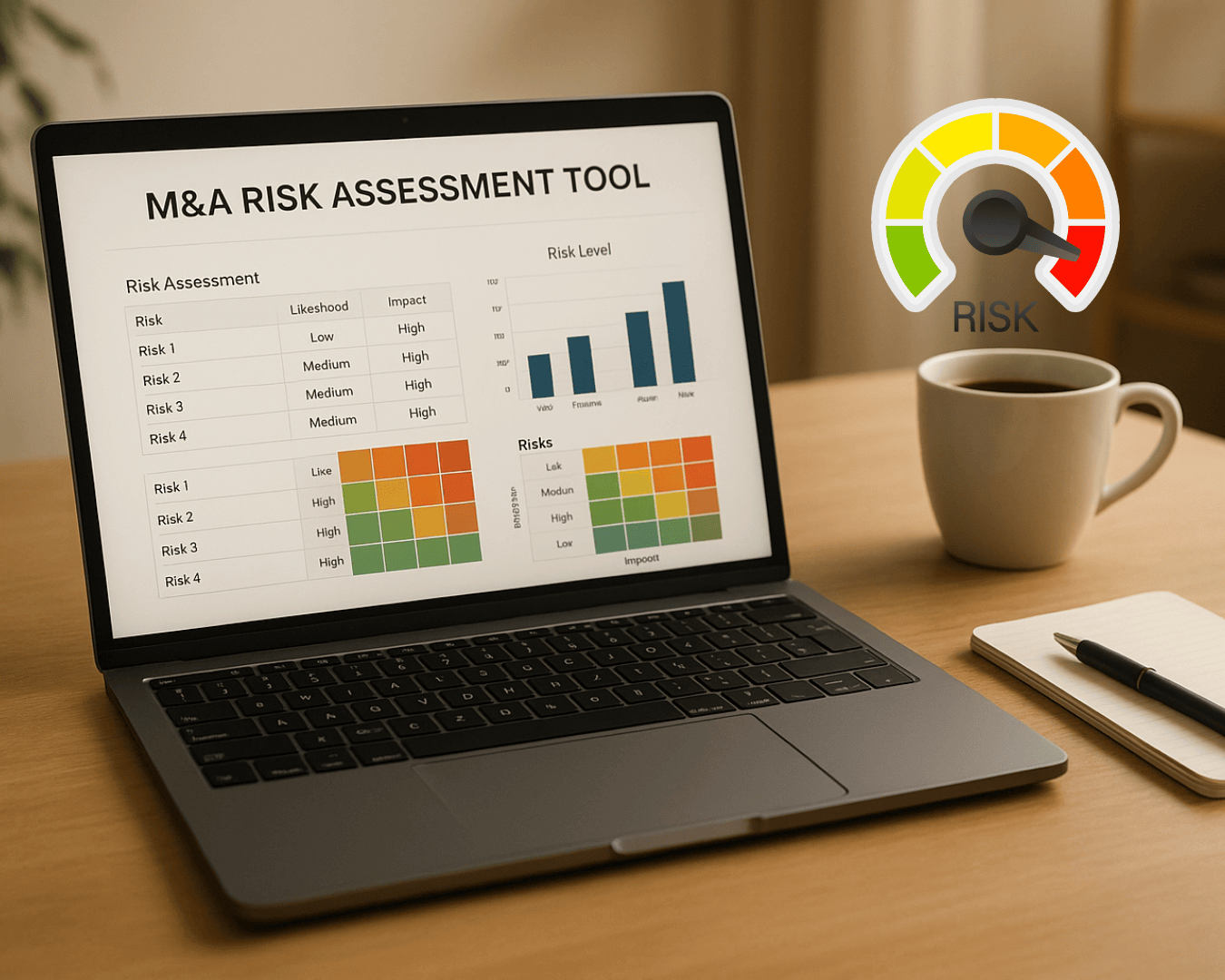

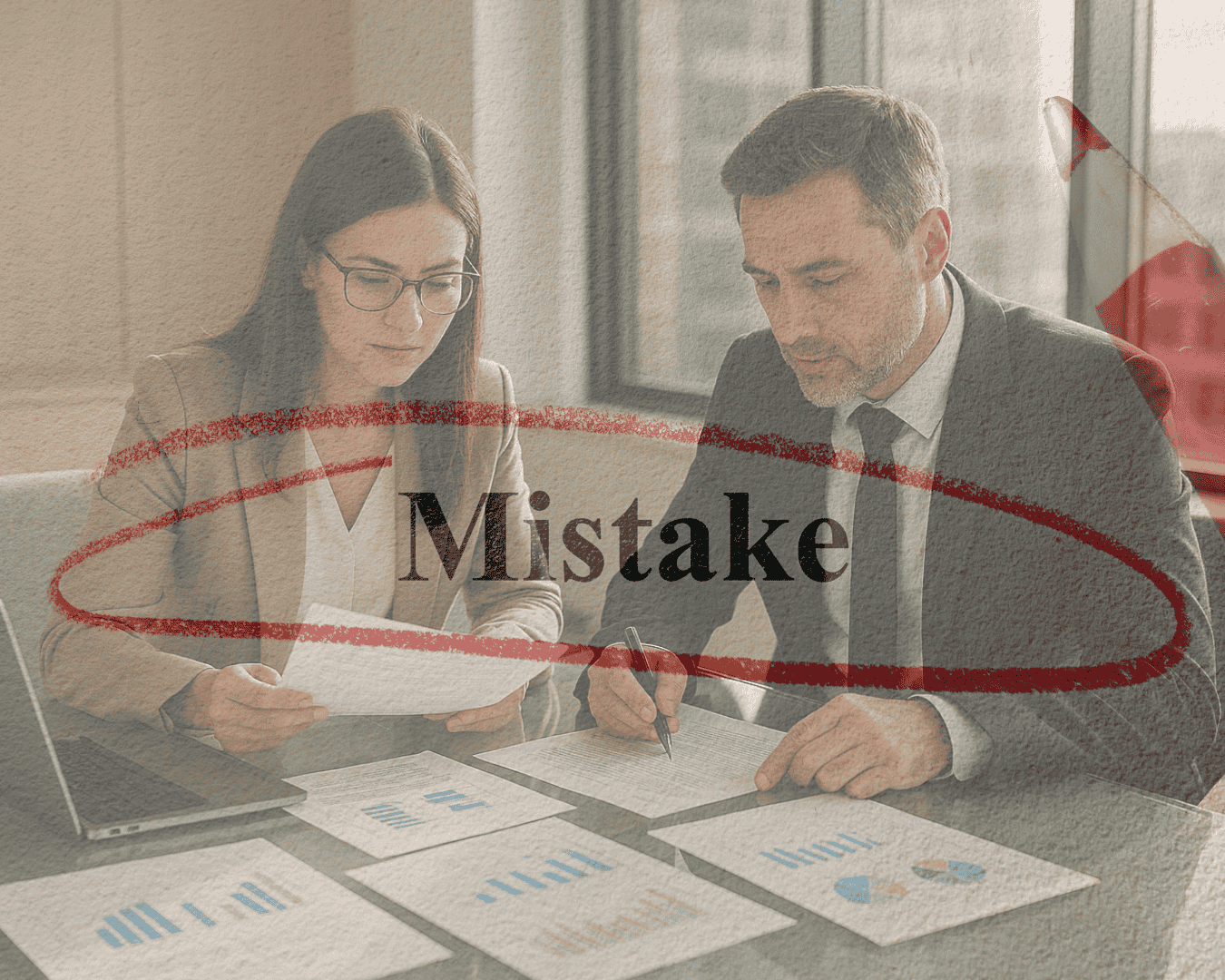
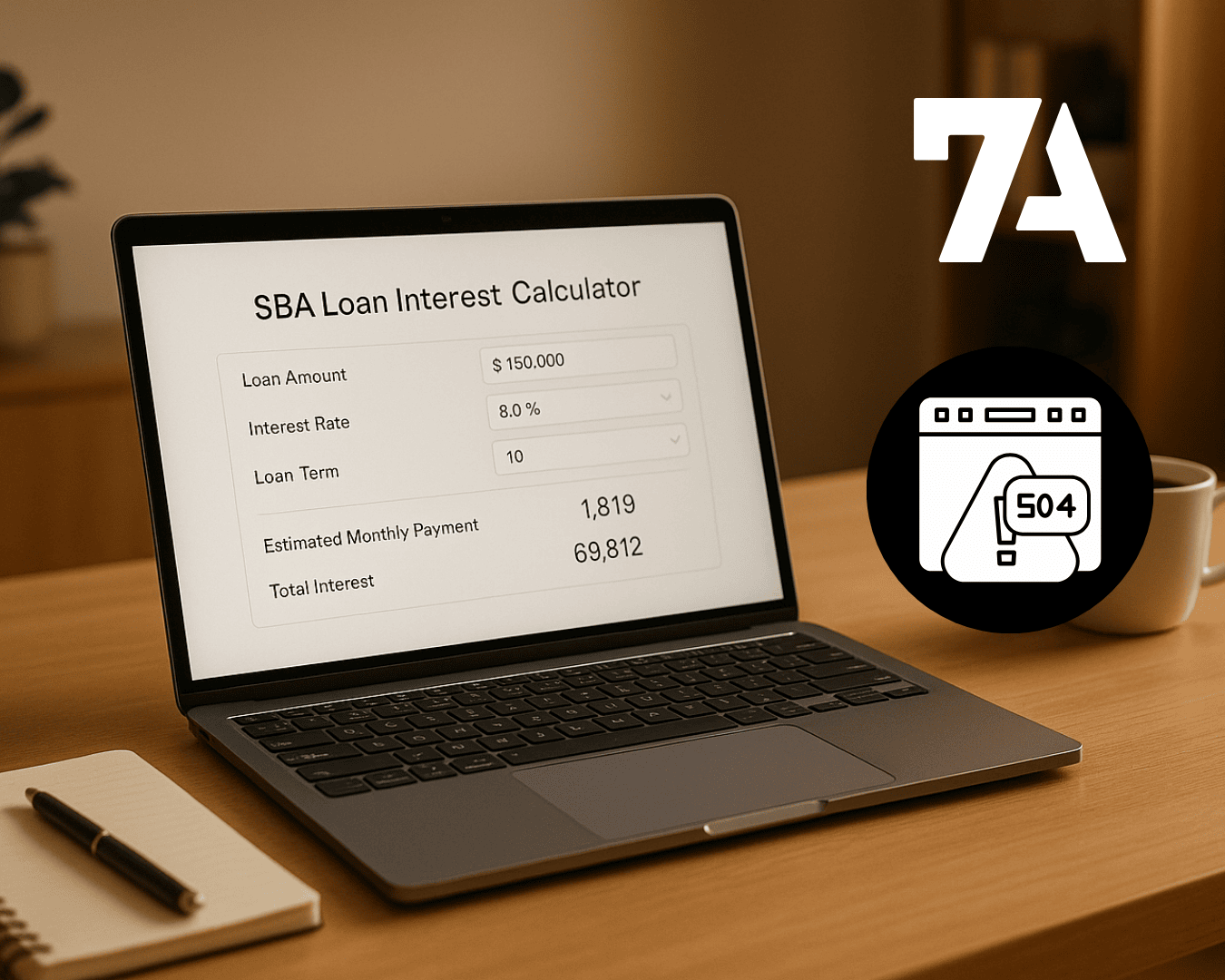








%20Loan%20Application%20Checklist.png)
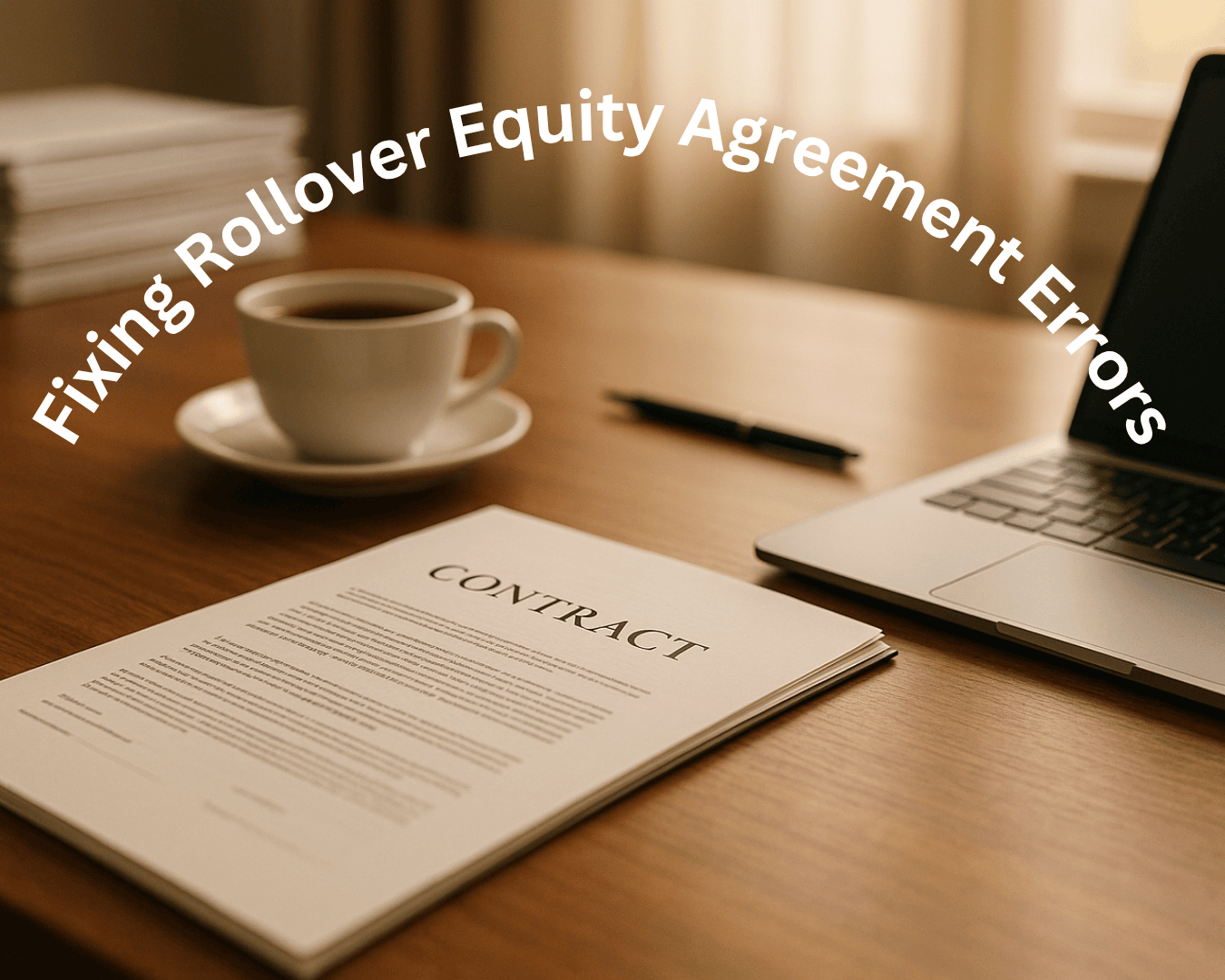



























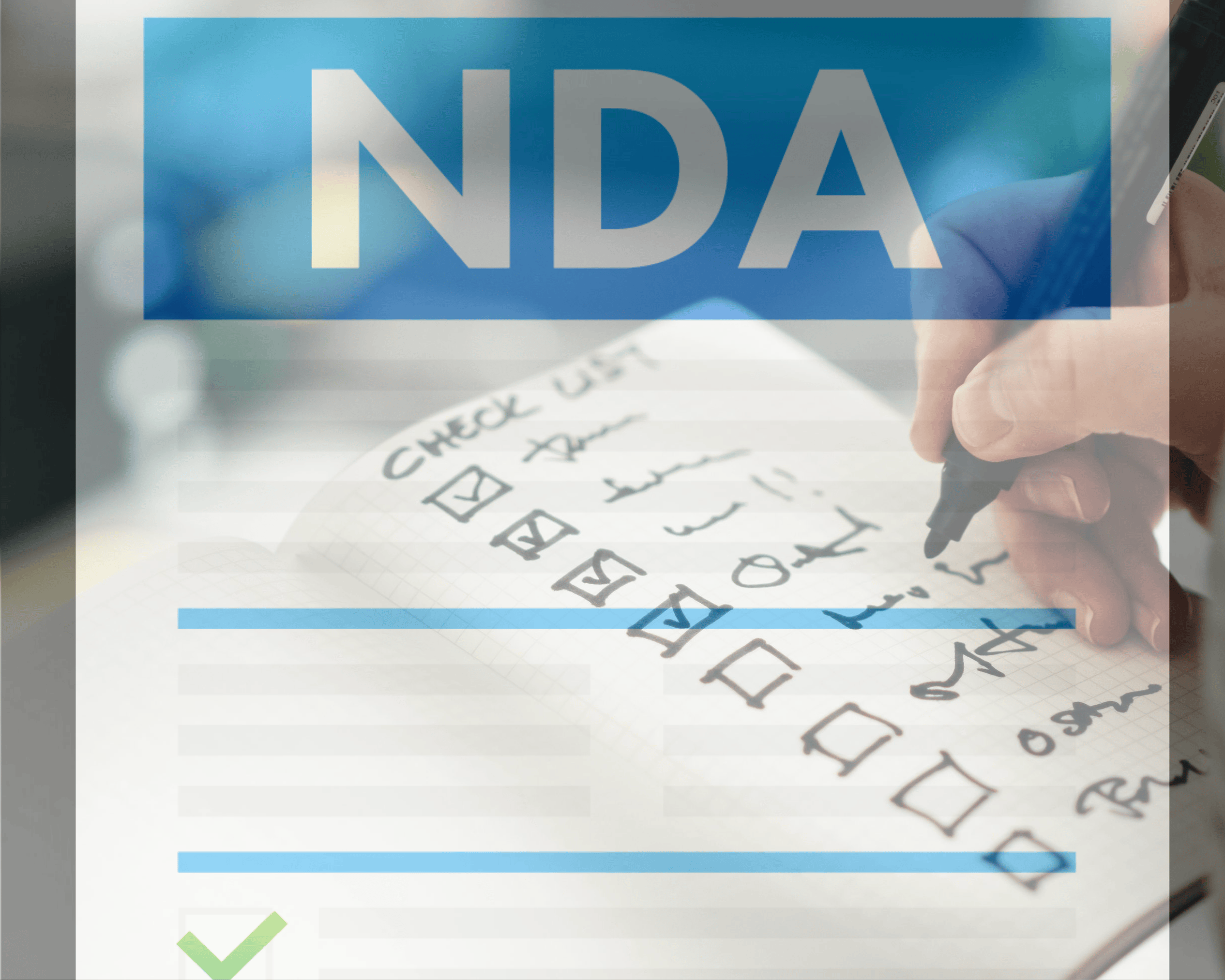










.png)
%20Loans%20%26%20Your%20Buy-Side%20Edge.png)



